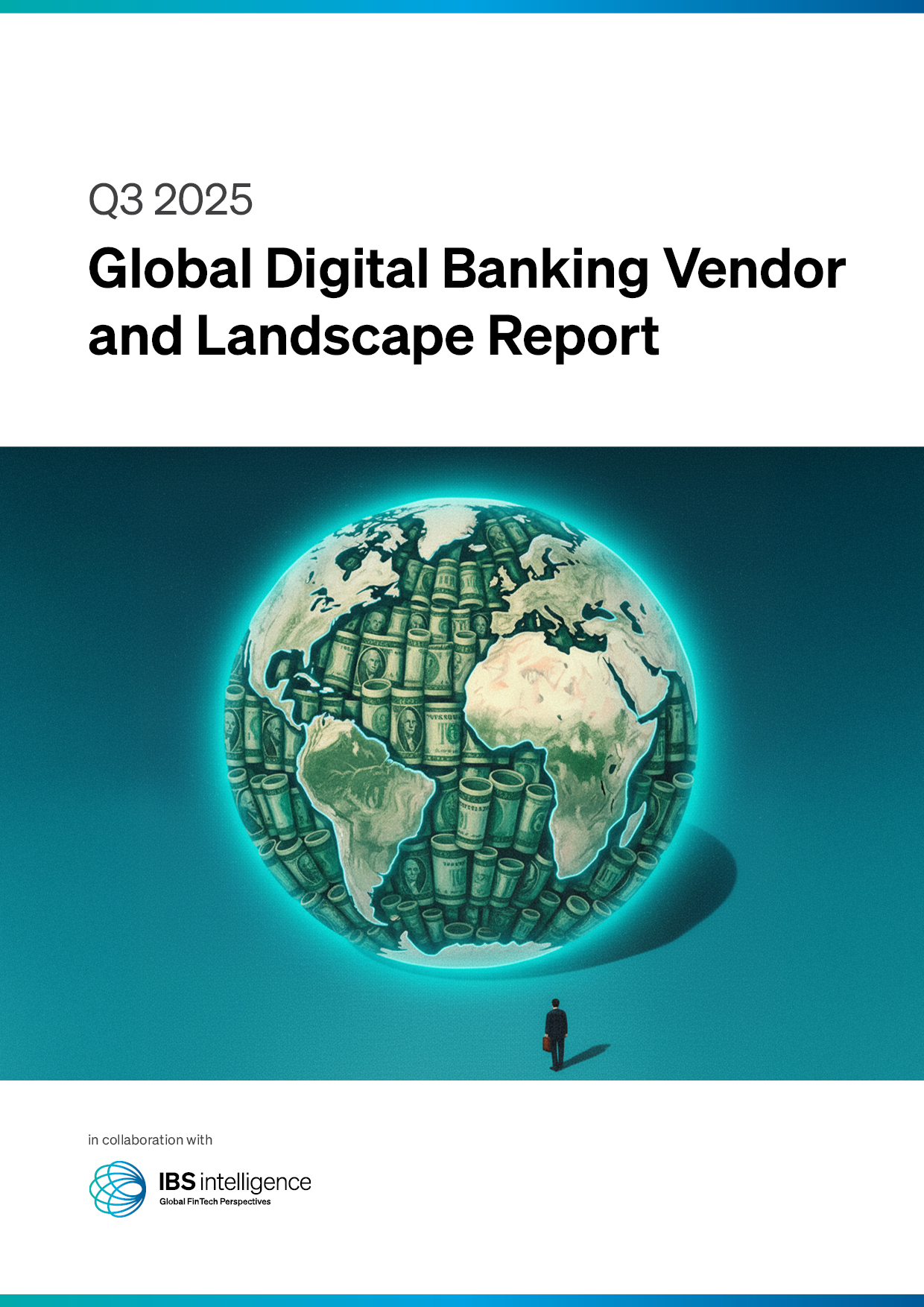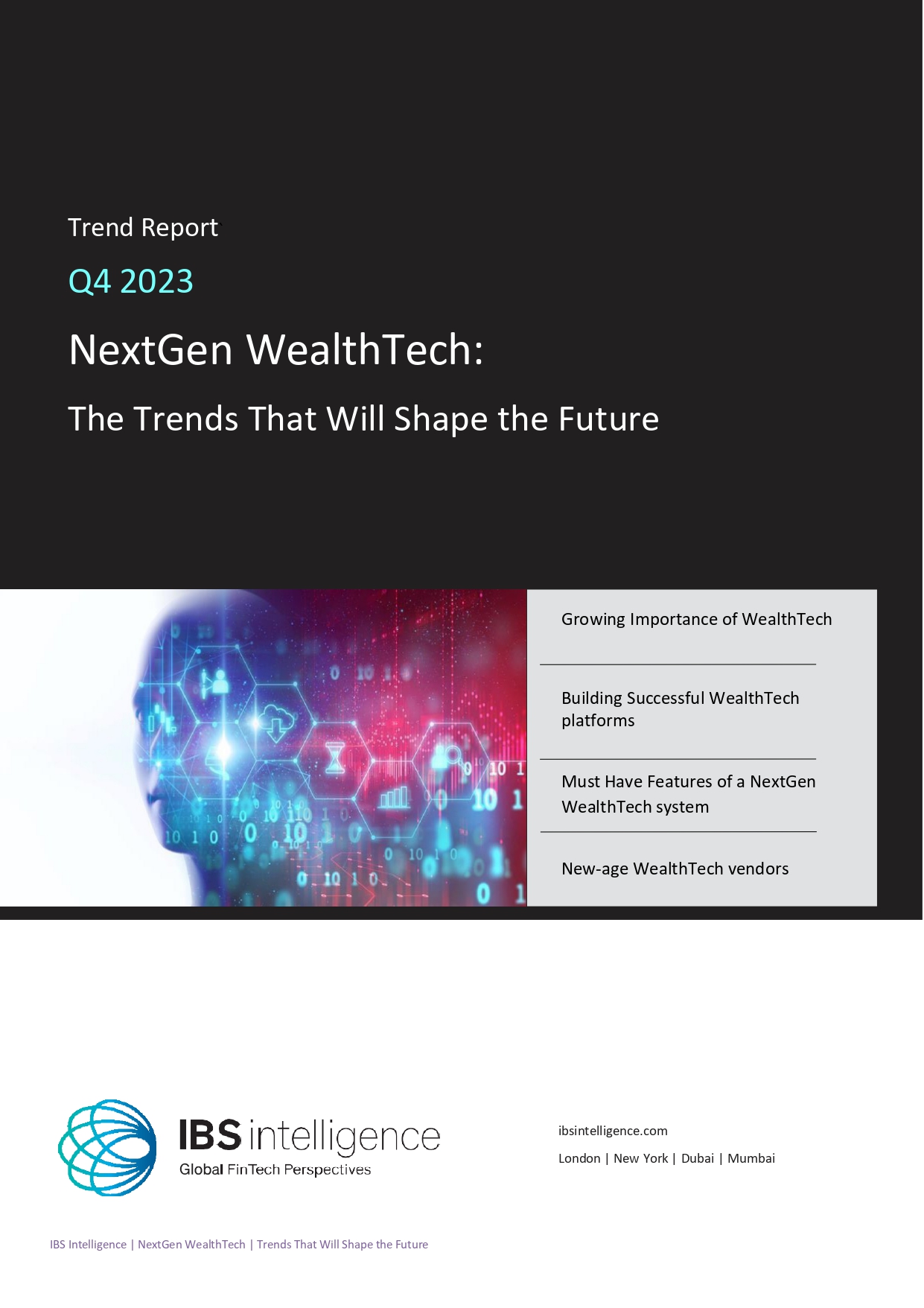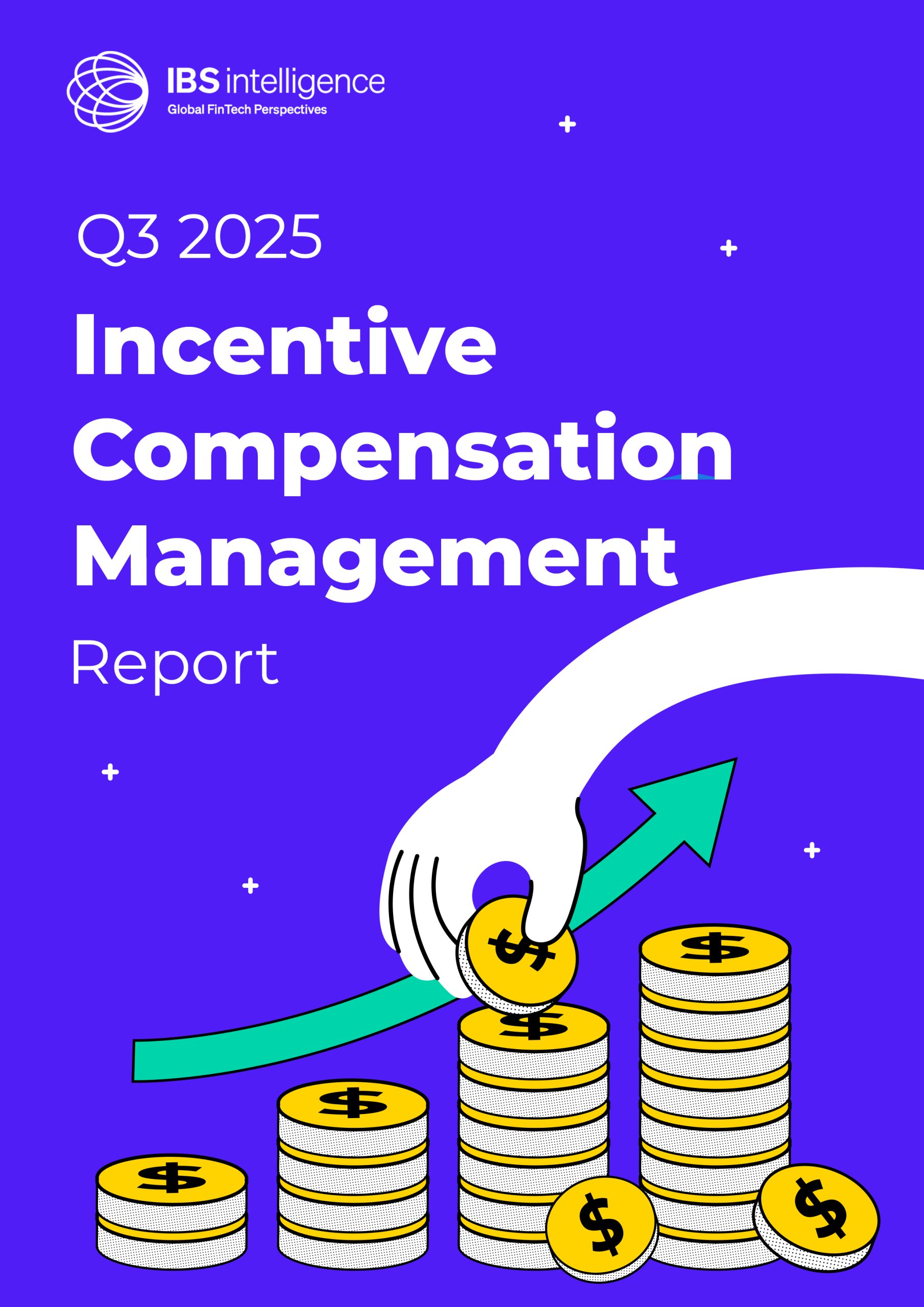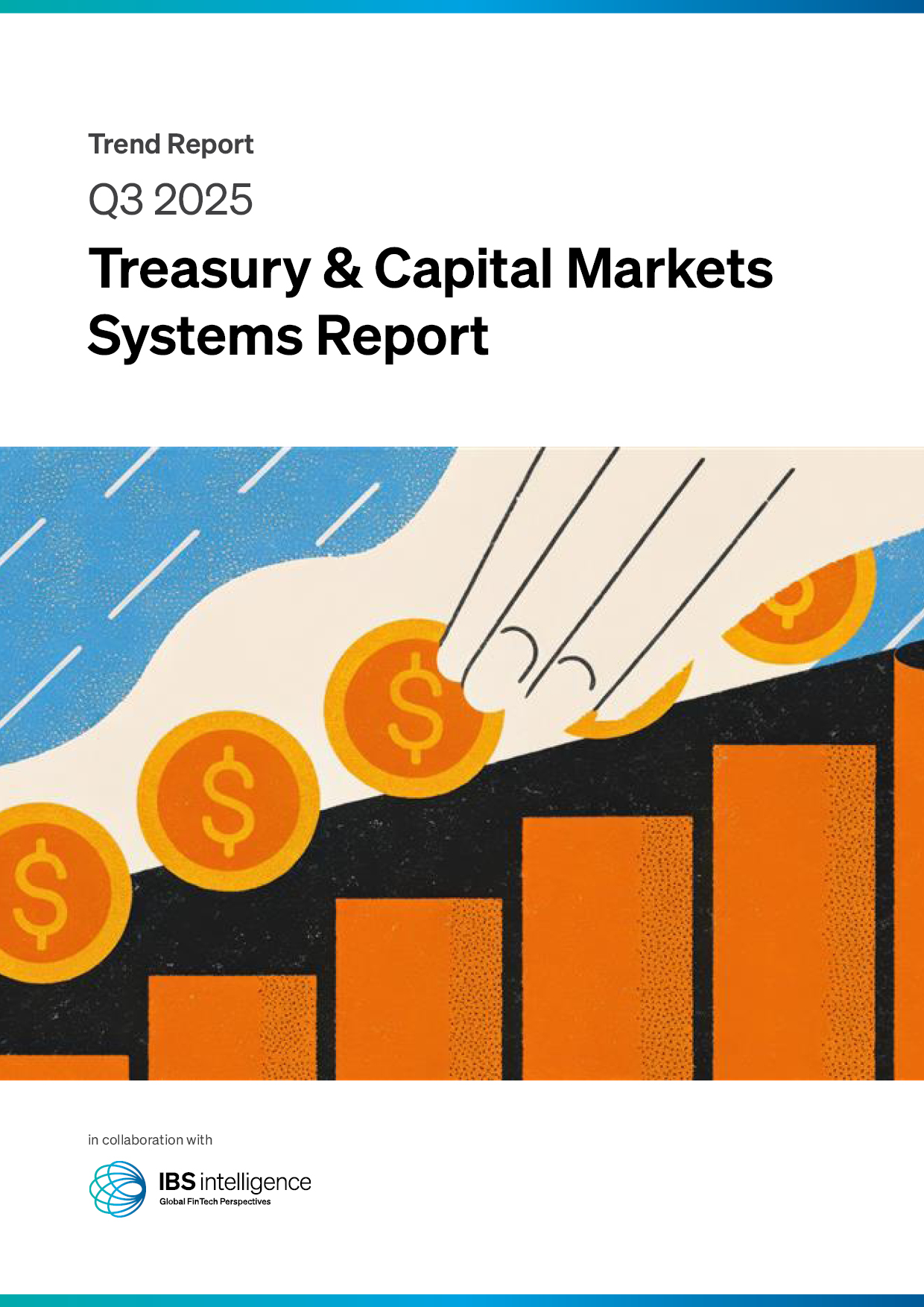 Back
Back
AI now makes life insurance selection process like shopping on Amazon

By Hari Srinivasan, Founder and CEO, iCover
Do you have life insurance? Would you believe that there are still a lot of people who don’t? A recent industry survey found that 65.1% of U.S. adults would be “much” or “somewhat more likely” to buy life insurance if the application process were shorter and simpler, a strong indication that digital modernisation is not only welcome, but expected. Minimal concerns about AI were reported, with only 0.9% expressing hesitation over privacy and data usage.
Therefore, it is time for AI to play a bigger role in the life insurance industry.
Because of AI, the estimation of life insurance premiums is becoming faster, more personalised, and remarkably efficient. AI-powered tools are at the forefront of this modernisation, capable of analysing vast quantities of data to deliver instant, highly accurate quotes tailored to individual needs and risk profiles.
This shift involves leveraging diverse data sources to precisely determine premiums, fundamentally reshaping how consumers access and experience life insurance.
The Power of Algorithmic Underwriting
At the core of this change lies the emergence of proprietary AI and algorithmic underwriting models. These sophisticated systems are now powering e-applications, moving beyond simple data entry to intelligent assessment. Unlike conventional methods that rely heavily on manual review and standardised tables, these algorithms independently measure risk. They achieve this by meticulously analysing disclosures provided by applicants, cross-referencing this information with supplemental data sources, and even identifying potential undisclosed risks.
The objective is to predict mortality with an unprecedented level of accuracy, providing a more granular and equitable assessment of an individual’s risk profile than ever before possible.
Continuous Improvement Through Machine Learning
The intelligence of these AI systems is not static; it is constantly evolving through the principles of machine learning. While human oversight and strict regulatory compliance remain paramount, companies are employing machine learning “off-line” to continuously evaluate the accuracy of their underwriting decisions. This iterative feedback loop is crucial for refinement.
By processing new data and identifying emerging patterns, these models become increasingly sophisticated over time, enhancing their predictive capabilities and ensuring that the risk assessment remains as precise and up-to-date as possible. This commitment to continuous improvement ensures that the AI models are not just static tools, but dynamic systems that learn and adapt.
Enhancing Transparency and Mitigating Bias
A critical consideration in the deployment of AI in any consumer-facing application is the assurance of fairness and the mitigation of bias. In the context of life insurance estimation, AI tools are being developed with an emphasis on complete traceability. This means that for every decision made, the inputs considered and the reasons behind the decision are transparently documented.
The process is specifically designed to prevent the introduction of bias into the automated decision-making process, fostering greater trust and promoting equity in the underwriting journey. This commitment to explainability and fairness is essential for the widespread adoption and acceptance of AI in such a sensitive domain.
Seamless Integration and Broadened Accessibility
The advanced decision-making capabilities offered by AI are also designed for seamless integration within the existing insurance ecosystem. These tools can be precisely calibrated to align with the specific guidelines and risk appetites of various insurance carrier partners.
This flexibility ensures that the powerful new capabilities can be adopted across the industry without requiring a complete overhaul of established practices. Furthermore, AI is proving instrumental in increasing accessibility, particularly for the historically underserved “middle market,” where affordability and simplicity are of the utmost importance.
By automating and optimizing the underwriting process, AI eliminates the need for intrusive medical exams for most qualified applicants and streamlines health questionnaires through innovative “polling science.” This less burdensome and more comfortable experience broadens access to essential life insurance coverage for a wider demographic, enabling tailored premiums and a full range of policy options to fit diverse budgets and risk profiles.
The convenience and speed offered by AI are not just benefits; they are fundamental shifts that are making life insurance more approachable and equitable for a larger segment of the population.
Unprecedented Speed and Convenience for Consumers
Perhaps one of the most tangible impacts of AI on life insurance estimation is the unprecedented speed and convenience it offers to consumers. The traditional process, often characterized by lengthy waiting periods and multiple steps, is being replaced by an optimized, automated workflow.
The elimination of intrusive medical exams for a significant portion of qualified applicants, coupled with streamlined health questionnaires, transforms what was once a cumbersome experience into a remarkably smooth one.
This efficiency means that consumers can receive accurate quotes and secure coverage much faster, reducing friction and making the entire process more consumer-friendly. In fact, with AI, many consumers compare the life insurance quote process to shopping on Amazon, where transactions can be completed in minutes with confidence in the right selection.
The integration of AI is not just about technological advancement; it’s about fundamentally improving the consumer experience in a vital financial sector such as life insurance.
IBSi News
Get the IBSi FinTech Journal India Edition
- Insightful Financial Technology News Analysis
- Leadership Interviews from the Indian FinTech Ecosystem
- Expert Perspectives from the Executive Team
- Snapshots of Industry Deals, Events & Insights
- An India FinTech Case Study
- Monthly issues of the iconic global IBSi FinTech Journal
- Attend a webinar hosted by the magazine once during your subscription period
₹200 ₹99*/month
* Discounted Offer for a Limited Period on a 12-month Subscription
IBSi FinTech Journal
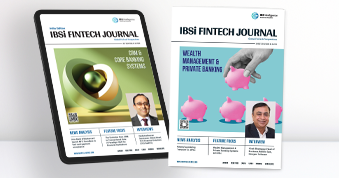
- Most trusted FinTech journal since 1991
- Digital monthly issue
- 60+ pages of research, analysis, interviews, opinions, and rankings
- Global coverage
Other Related Blogs
December 22, 2025



